Infants & Toddlers
Dyslexia, Part 3: Accommodation Options Available
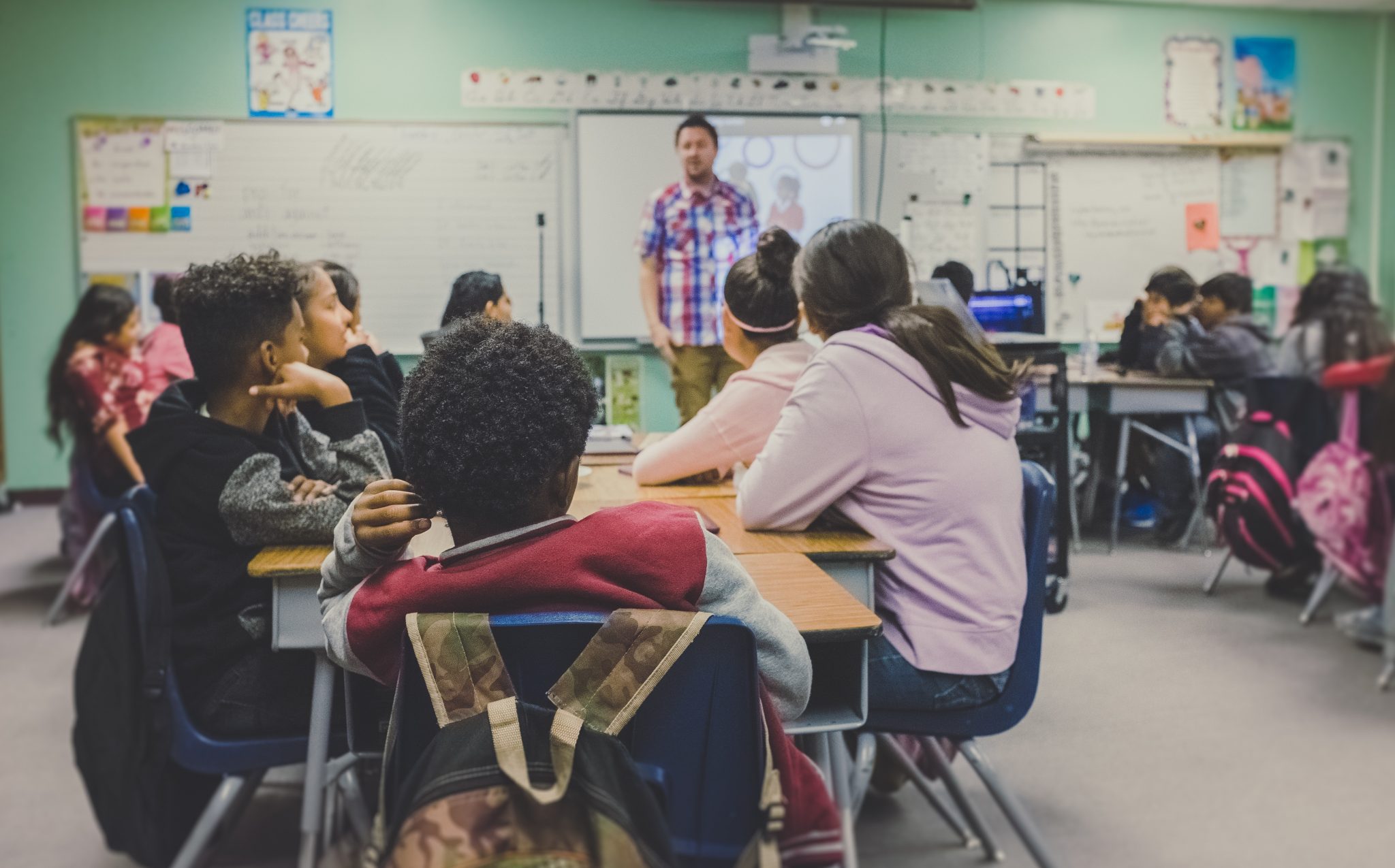
This blog is the third in a series on dyslexia. Topics previously addressed include Dyslexia 101, and understanding treatment. Topics to be addressed further in include accommodation options available, and the transition of a child to life, school, etc. following diagnosis.
What is Dyslexia?
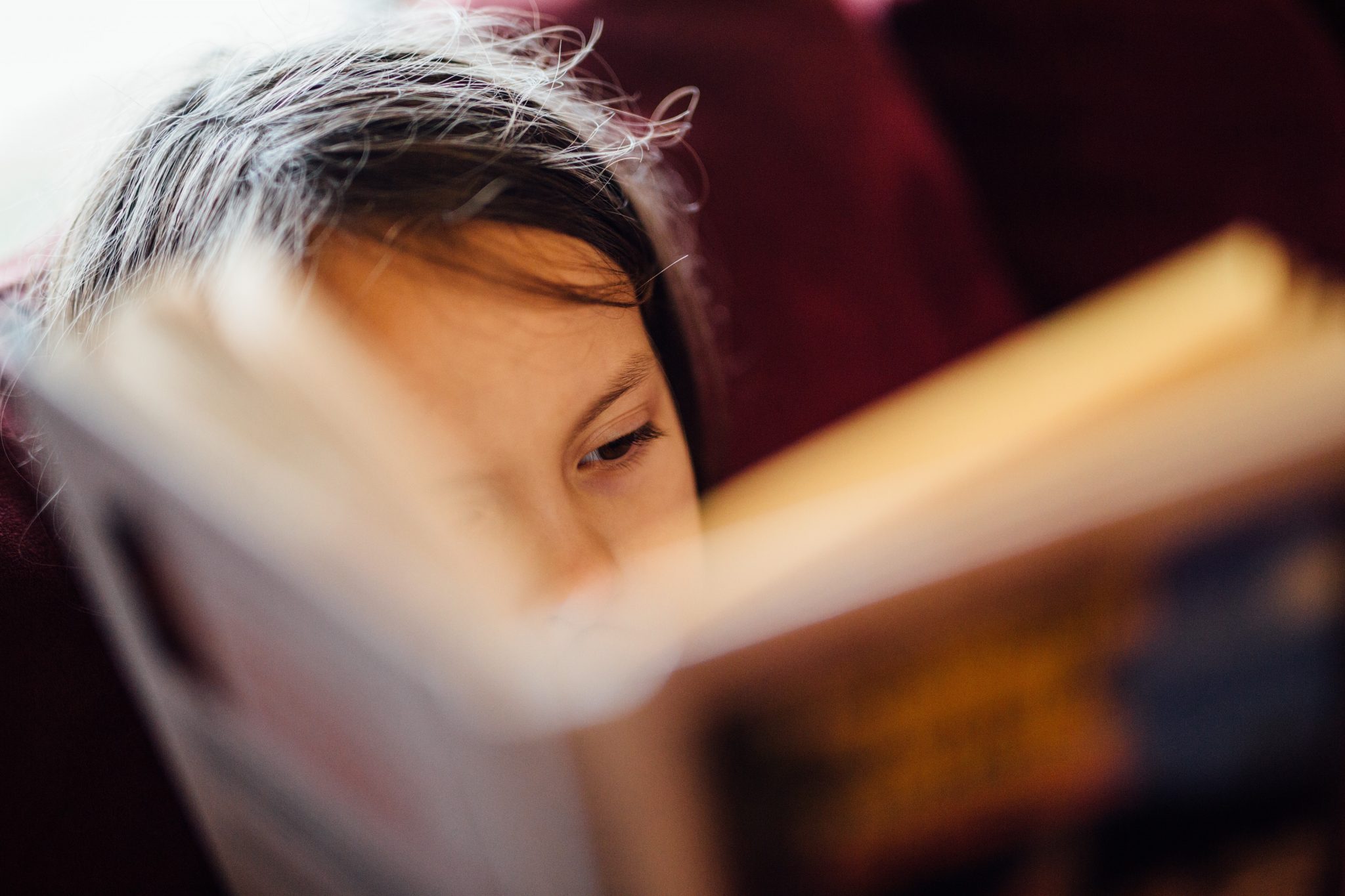
One of The Clay Center’s our biggest partners in child and adolescent health is the MassGeneral Hospital for Children (MGHfC), which provides treatment and services for children of all ages in virtually every specialty and subspecialty of medicine and surgery, as well as preventive and primary care.
Pediatric Visit? Don’t Forget About Mental Health

The Clay Center is an educational and informational outlet only, and so we do not provide clinical services or referrals for treatment. However, many of our partners here at MGH do.
10 Go-To Parenting Books for National Reading Month

March is National Reading Month and a good time to reflect on the books that have made an impact on my work as a child psychologist. I’ve compiled a list of my “go to” books that I frequently recommend to parents on some of the more common problems I’ve observed in kids.
Helping Your Kids Following The Orlando Tragedy
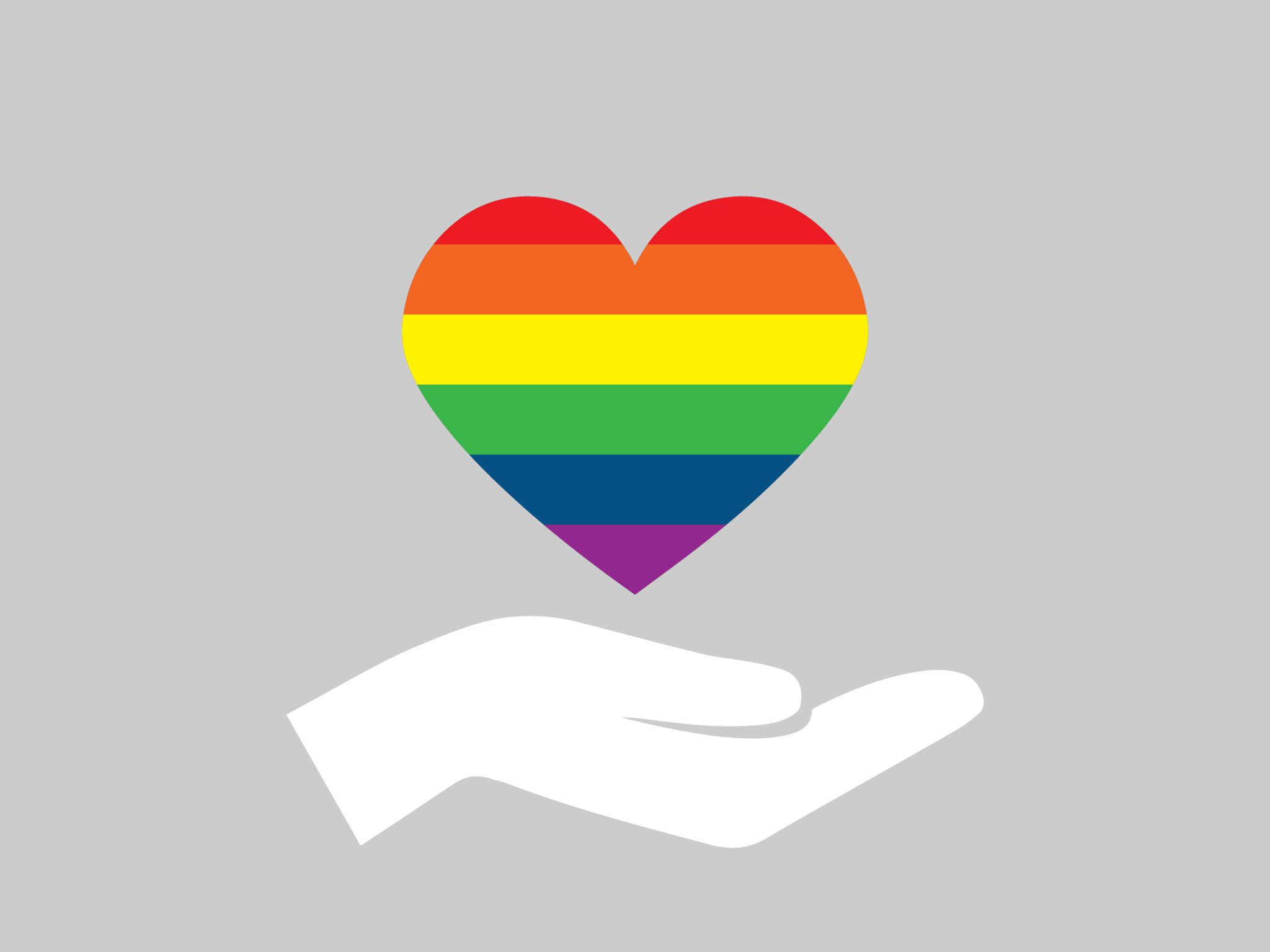
Our hearts go out to the families of those who lost their lives and were injured in the recent terrorist act in Orlando—an event that is being called the most extensive mass shooting in this country’s history.
Mental Health Needs Of Teen Moms
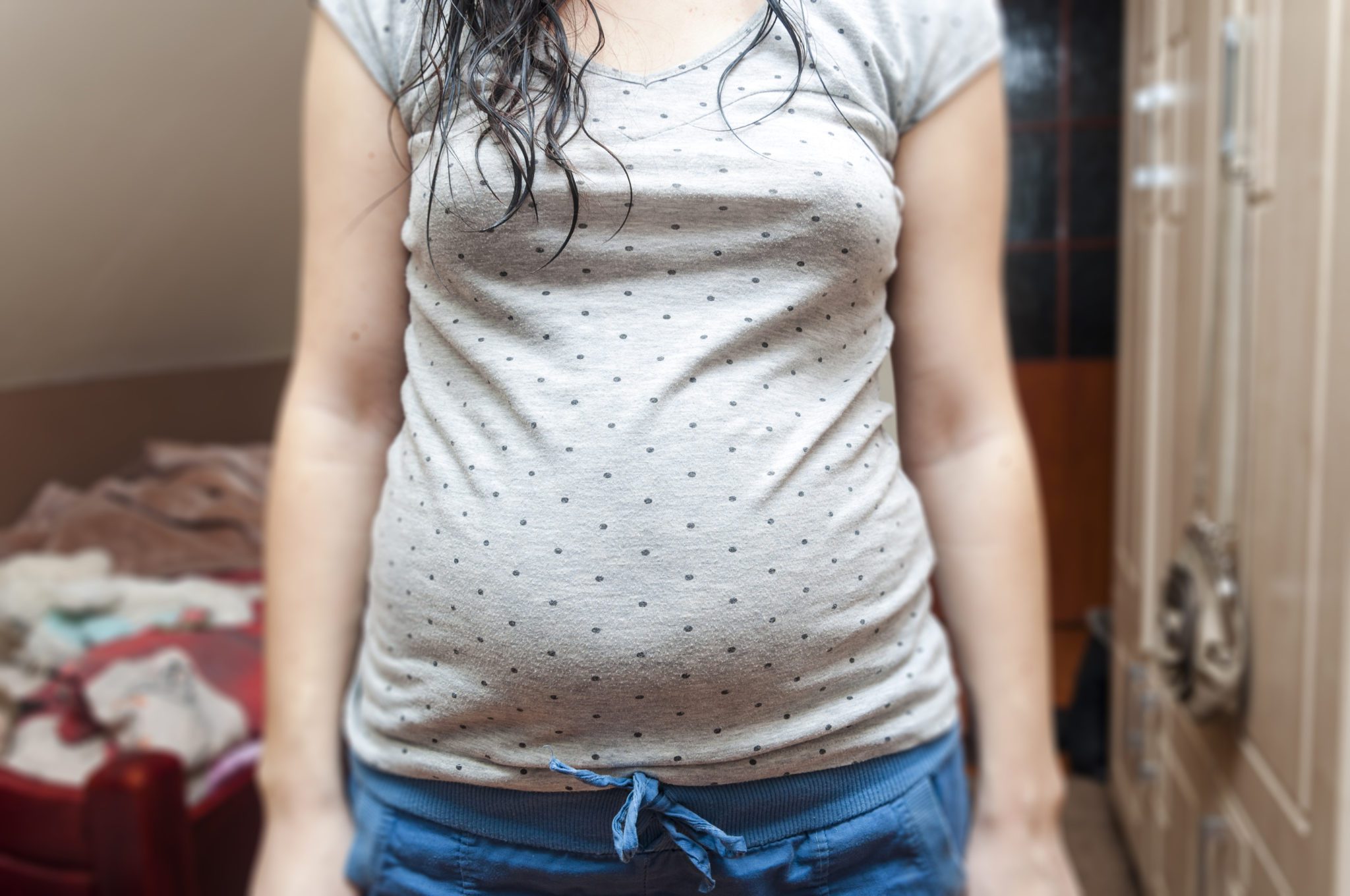
We know that adolescents get depression.
We also know that adolescents are a lot more likely to get depressed than pre-adolescents.
And, we know that pregnancy is associated with a higher risk for depression both during the pregnancy itself, and at least three months following.
The Implications Of Poverty On Children’s Mental Health
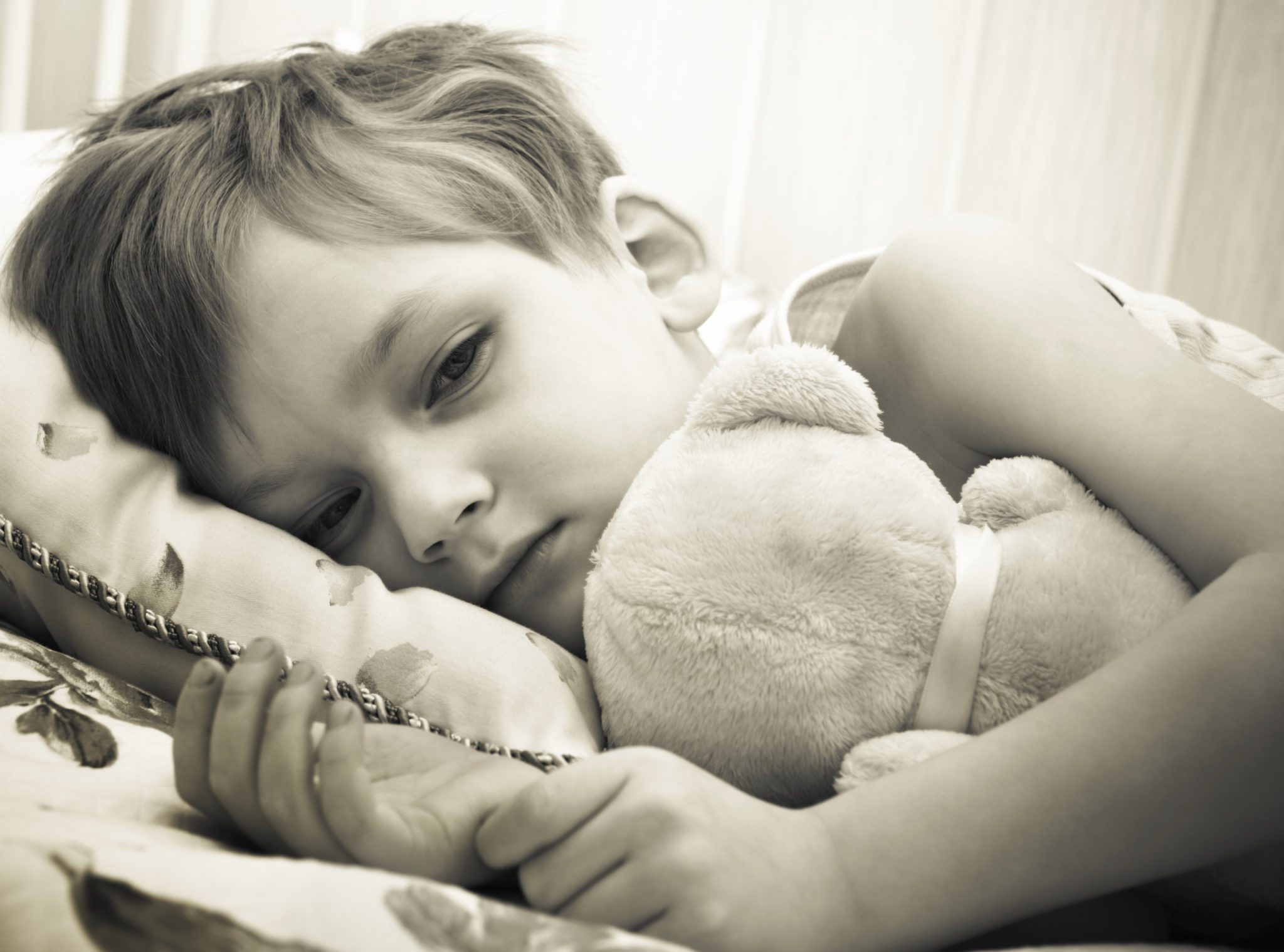
In March, the American Academy of Pediatrics (AAP) issued a new policy statement in which it encouraged all of its members to screen pediatric patients and their families for economic hardship. This announcement made national news and was later published in Pediatrics, the flagship journal of the AAP.
Helping Kids of All Ages in the Face of Terrorism or War

At times like these – in the face of terrorism or war – amid our shock, grief, and fear, we need to be particularly attuned to the impact such events have on our children. Kids of all ages have questions and various emotional reactions—compounded all the more by the footage and commentary they may be seeing and experiencing.
A Closer Look at Separation Anxiety
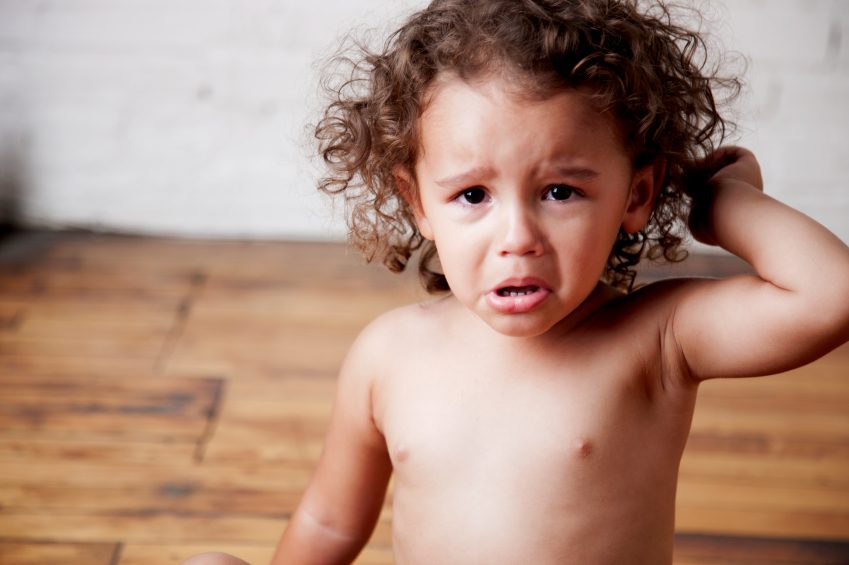
Sarah sits on the couch, clutching her stuffed bear. Her finger nails are visibly torn; they’ve been bleeding again.
Her mom, meanwhile, is calling into work again. She’ll have to explain for what feels like the zillionth time that she’ll be late. It’s not clear her boss will understand this awful situation much longer.




